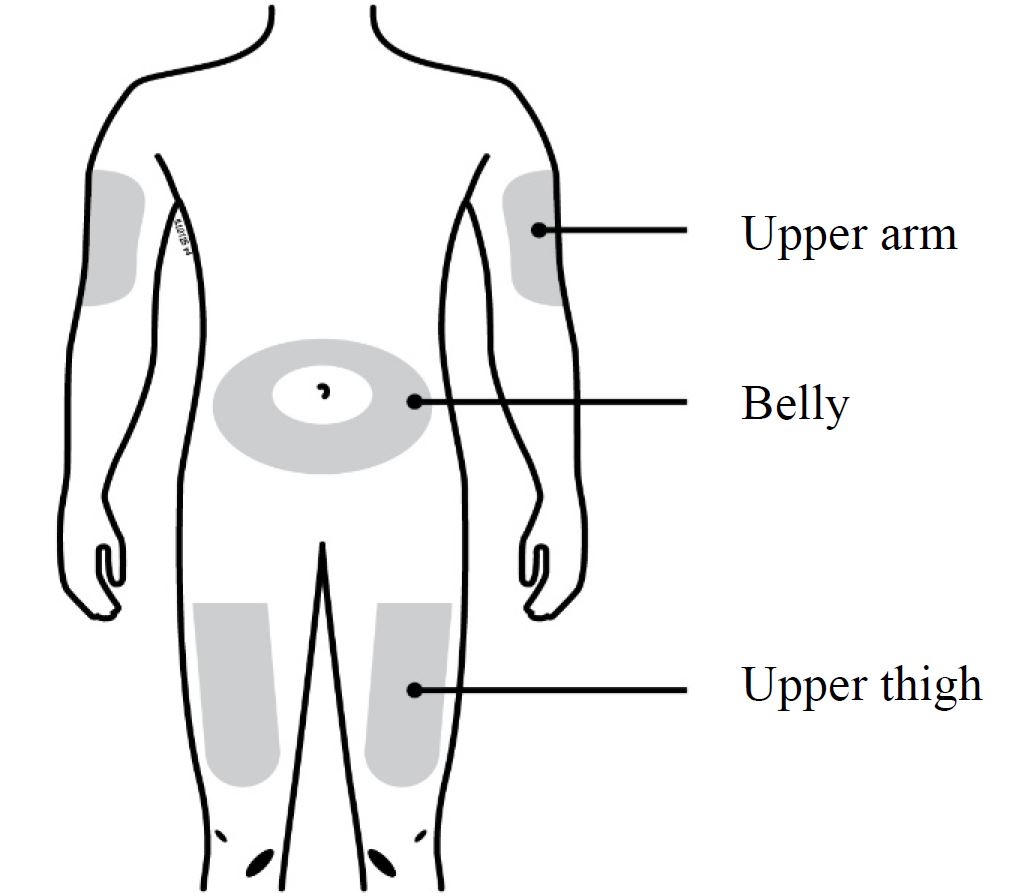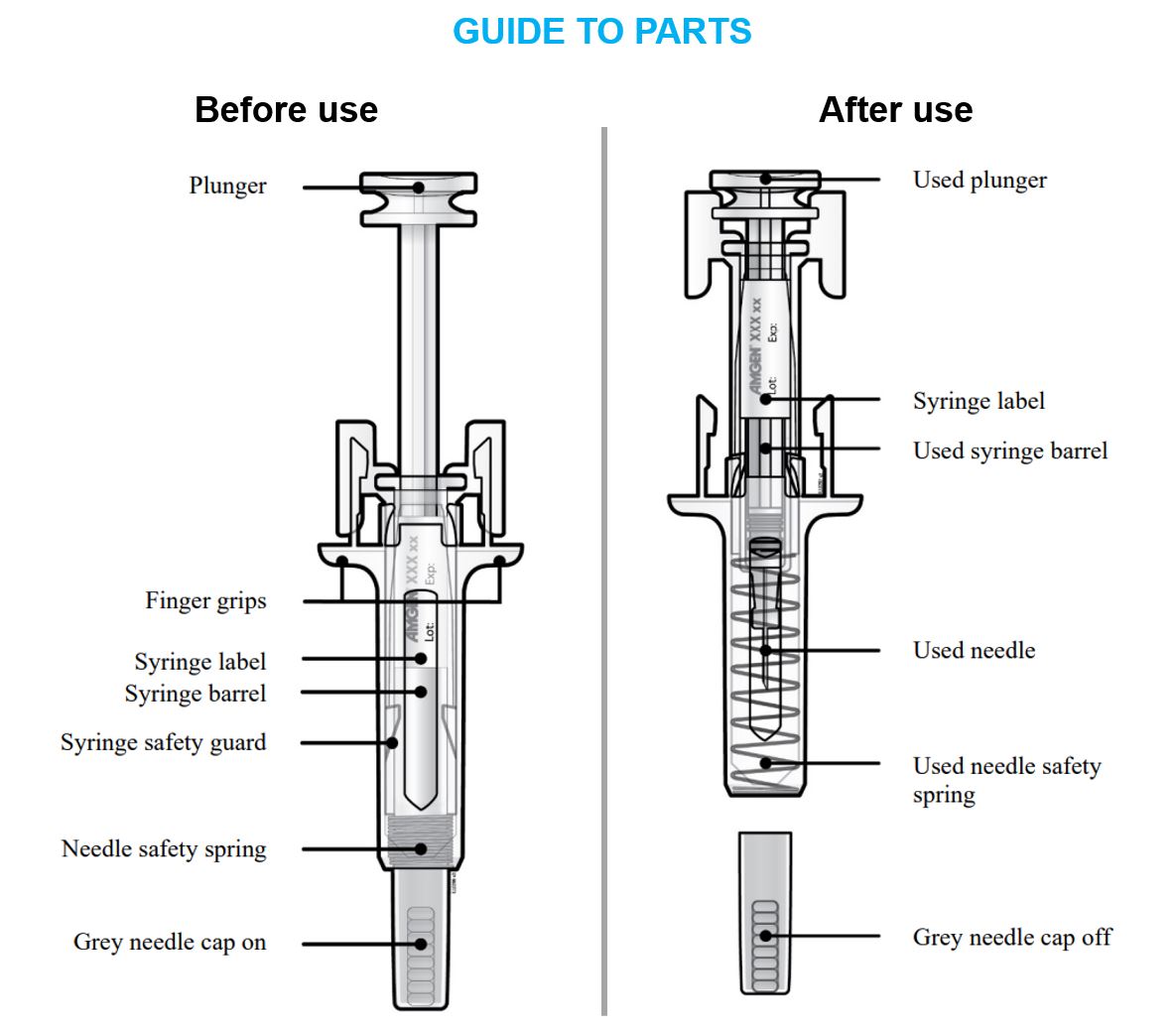How to remember the next injection
Mark the injection date on your calendar, phone, and/or Prolia
® Passport card to keep a record of the next injection date. You can download the Prolia
® Passport card on the
More Resources page. Also, each pack of Prolia
® contains a reminder card, that can be removed from the carton and used to keep a record of the next injection date.
How often Prolia® is given
You only need a Prolia® injection once every six months.1 Prolia® has been developed as a long-term treatment, so it is recommended that you consult your doctor before your next potential injection due date.
If you forgot to take Prolia®
If a dose of Prolia® is missed, the injection should be administered as soon as possible. Thereafter, injections should be scheduled every 6 months from the date of the last injection.1
Stopping Prolia®
To get the most benefit from your treatment in reducing the risk of fractures, it is important to use Prolia® for as long as your doctor prescribes it for you. Do not stop your treatment without contacting your doctor.1
Treatment monitoring
Your doctor or nurse will assess how you are managing your condition while on treatment at regular intervals, and may order repeat DEXA scans (which measure bone density)3 to see how your bone treatment is working. Osteoporosis is a chronic condition that requires a long term treatment to prevent bone loss and fractures.4,5







